What handheld gimbal stabiliser suits you better?
The widespread use of social media platforms makes it possible for more and more people to join the trend of self-publishing, and I am delighted to be a part of it. As for me, being able to share the highlights of my life and interesting experiences with my friends is something that makes me happy. Whether it’s taking selfies or shooting videos, which will be something I can talk about with my children and grandchildren in my old age, just think of the excitement! When I’m taking photos or videos outdoors, it’s become essential for me to prevent the lens from shaking so I can get a perfect photo or video. Initially, I chose to use a gimbal camera, but I found that the image quality of a gimbal camera was not as good as that of a smartphone. So I began to look at the handheld gimbal stabiliser and did a lot of research on the subject, which I would like to share with you.
The principle of a hand-held head is to apply power in the opposite direction of vibration, either mechanically or electronically, to counteract camera shake, thereby reducing the degradation of quality and blurring of images caused by shaking when shooting video. For large format monocular cameras in particular, a hand-held head is the best way to get the most out of the equipment and to produce the ideal film with sharp details and vivid colours.
Handheld gimbal stabilisers are broadly divided into two types: ‘mechanical heads’ and ‘electronic heads’, each with different characteristics and ways of fixing the camera, which can be selected according to their purpose and desired effect. Electronic heads rely on electronic instruments such as gyroscopes to automatically compensate for camera shake and tilt to keep the image level. This type of head is more stable than the mechanical type and is less likely to produce blurred images. It is ideal for users who want to improve the clarity of their videos, but also for those who need to record for long periods of time in their hands.
In the DJI Osmo Series, it consists of a handheld grip, a 3-axis gimbal and a 4K camera in 3 parts. The ZENMUSE X3 integrated gimbal mounted on the DJI Osmo, like the camera on the Inspire 1, can easily capture 4K/30fps or 1080p/60fps video, and 12 megapixel high quality photos. On the front of the arm is a stereo microphone and a 3.5mm microphone jack to capture audio for the video being shot.
The OSMO grip is ergonomically designed to be comfortable and firm in the hand and allows the user to perform all the basic functions such as angle adjustment, photography and video recording with just one hand using the wrist, thumb and index finger. When connected to a mobile device such as a mobile phone, it is not only possible to take a view and set up the OSMO in real time from the screen of the external device. In auto panorama mode, the head automatically rotates 360° horizontally to take clear panoramic photos; in panoramic selfie mode, the camera automatically takes 180° photos with the shooter at the centre; and the high-precision head allows the OSMO to take long exposures without a tripod and shoot 1080p HD video at up to 120 frames per second.
The OSMO can be used for time-lapse, long exposure, panoramic photography and other functions, with powerful stabilisation that users can do automatically without a tripod. In addition to the ability to operate the camera by using the button switches on the grip for orientation and switching, there are also some advanced controls for the camera, such as pressing the index finger trigger button three times in a row to enter self-timer mode and more.
As for the recommendation, DJI OM5 is defintily your best option. However, if you want a cost-effective handheld gimbal stabiliser, OM4 SE is your better choice. The DJI OM 5 is a versatile and worthwhile companion to your smartphone, allowing you to make the most of all that your phone has to offer. Unlike the OM 4 SE, the OM 5 comes with a built-in extension rod that is both portable and palm-sized. It comes with options for capturing the perfect selfie, super smooth video, an upgraded automatic tracking technology, and even more.
Interested? Click to find more informatrion on DJI.

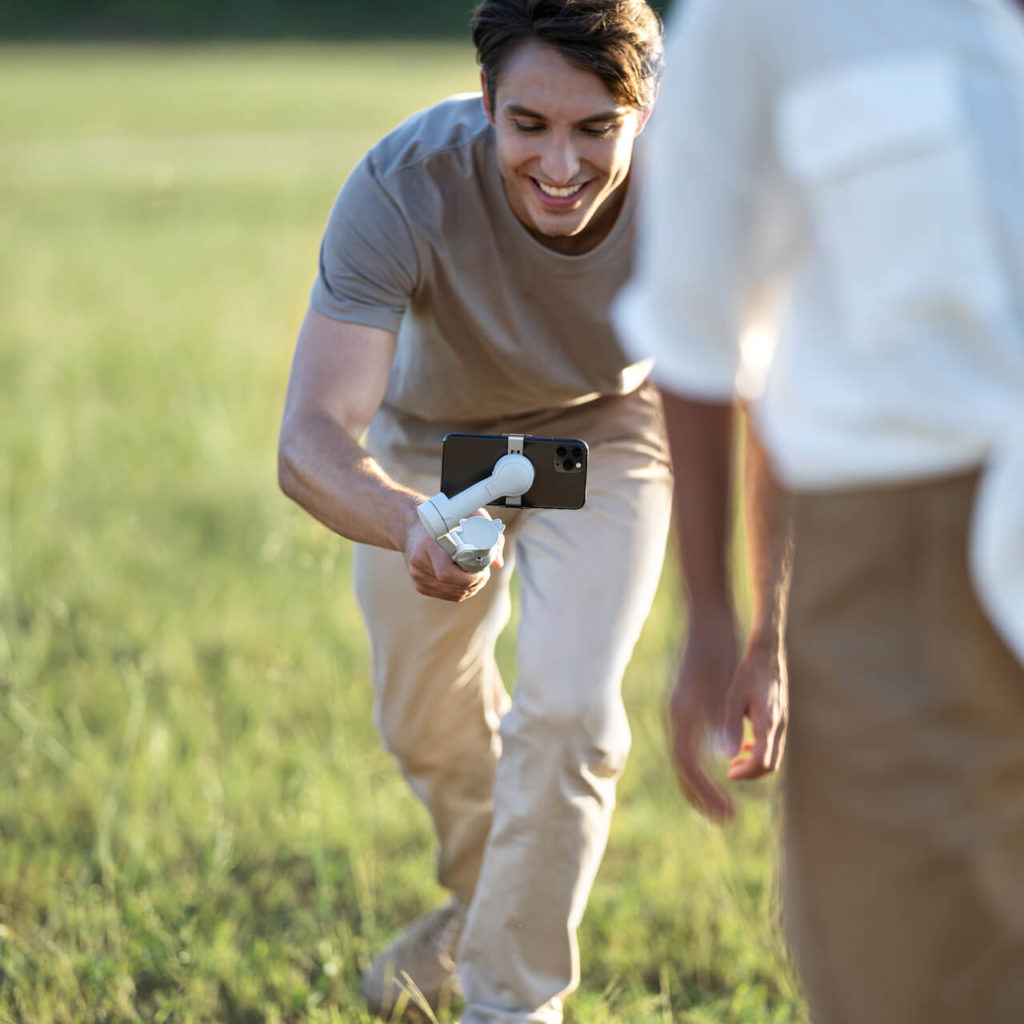
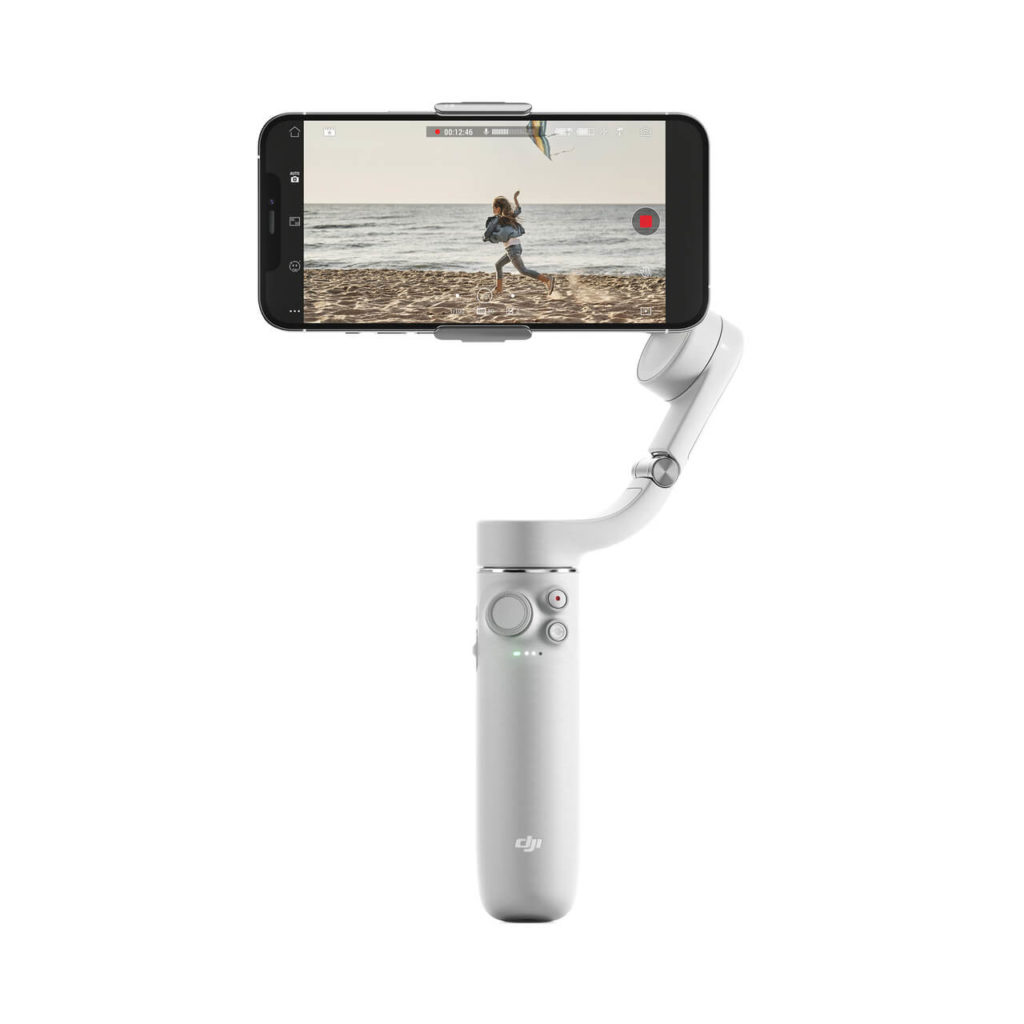
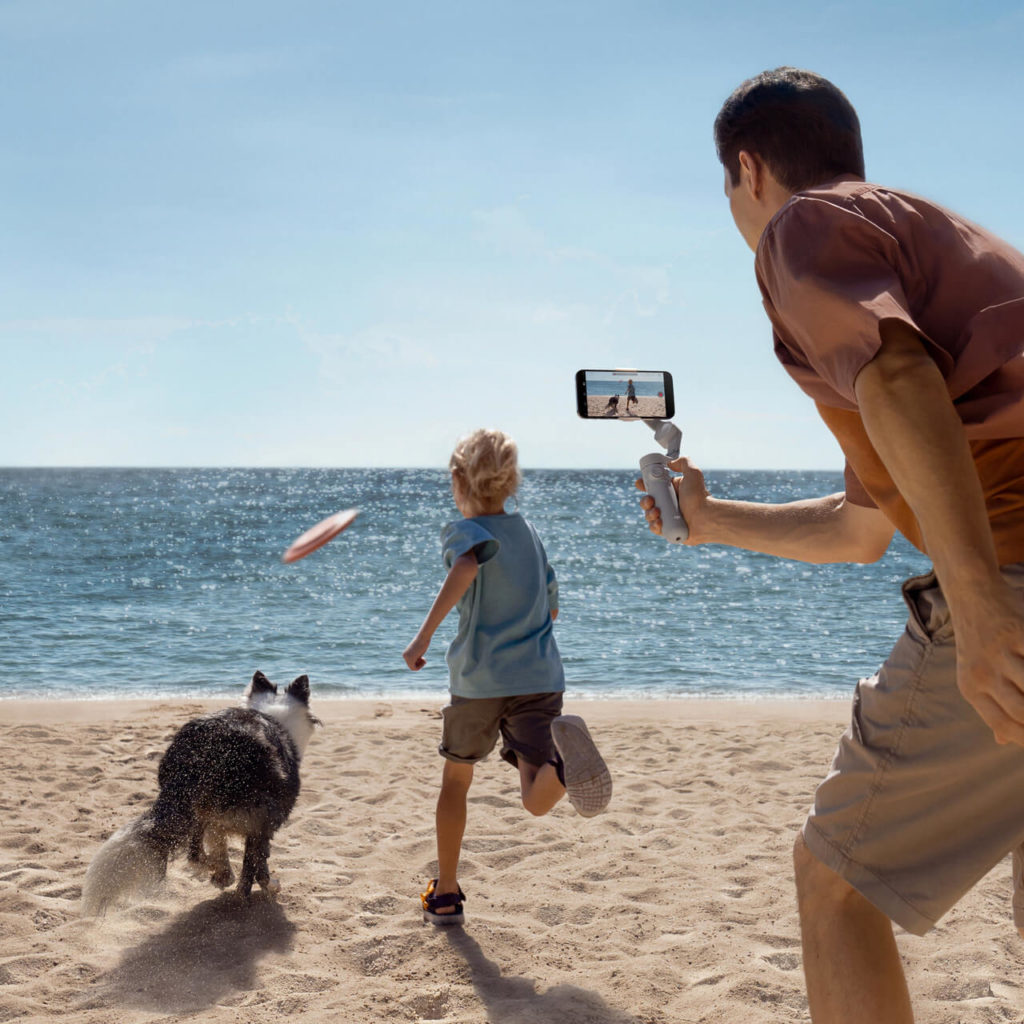
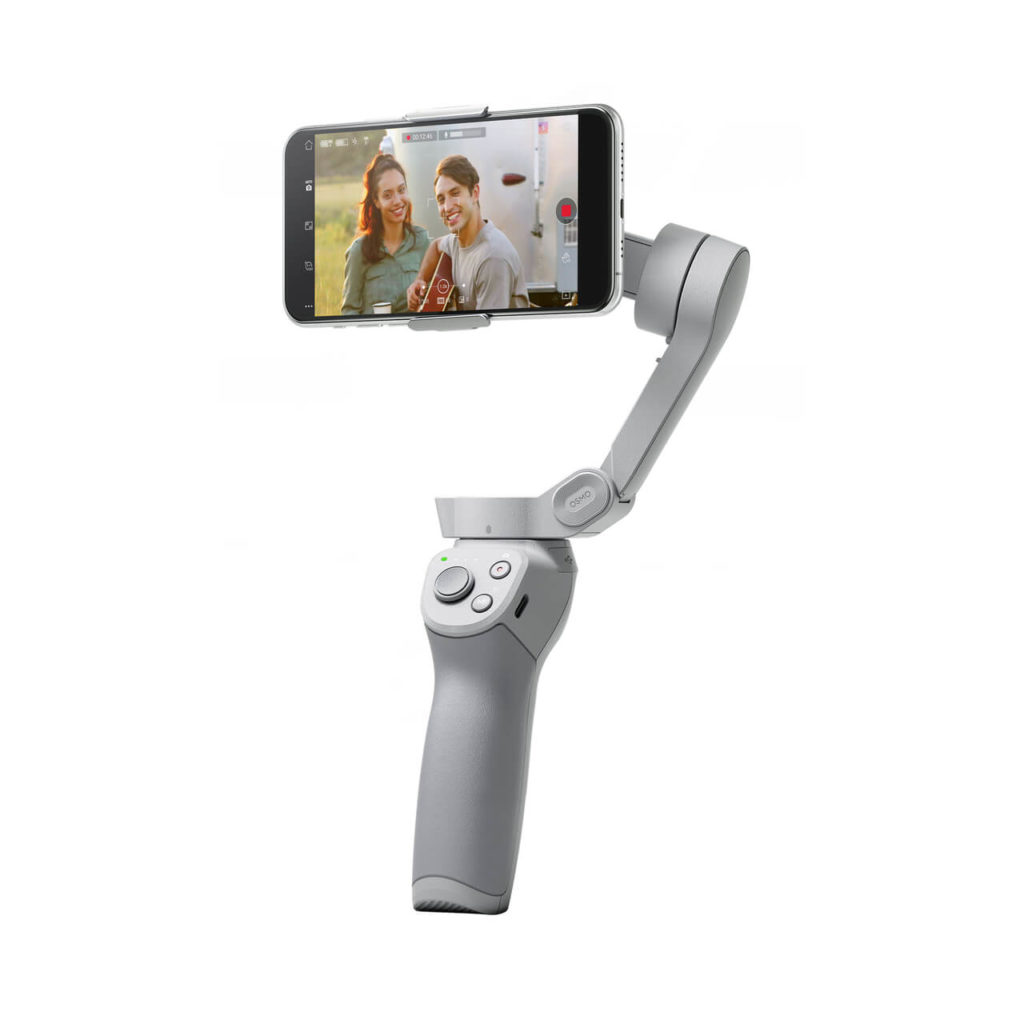
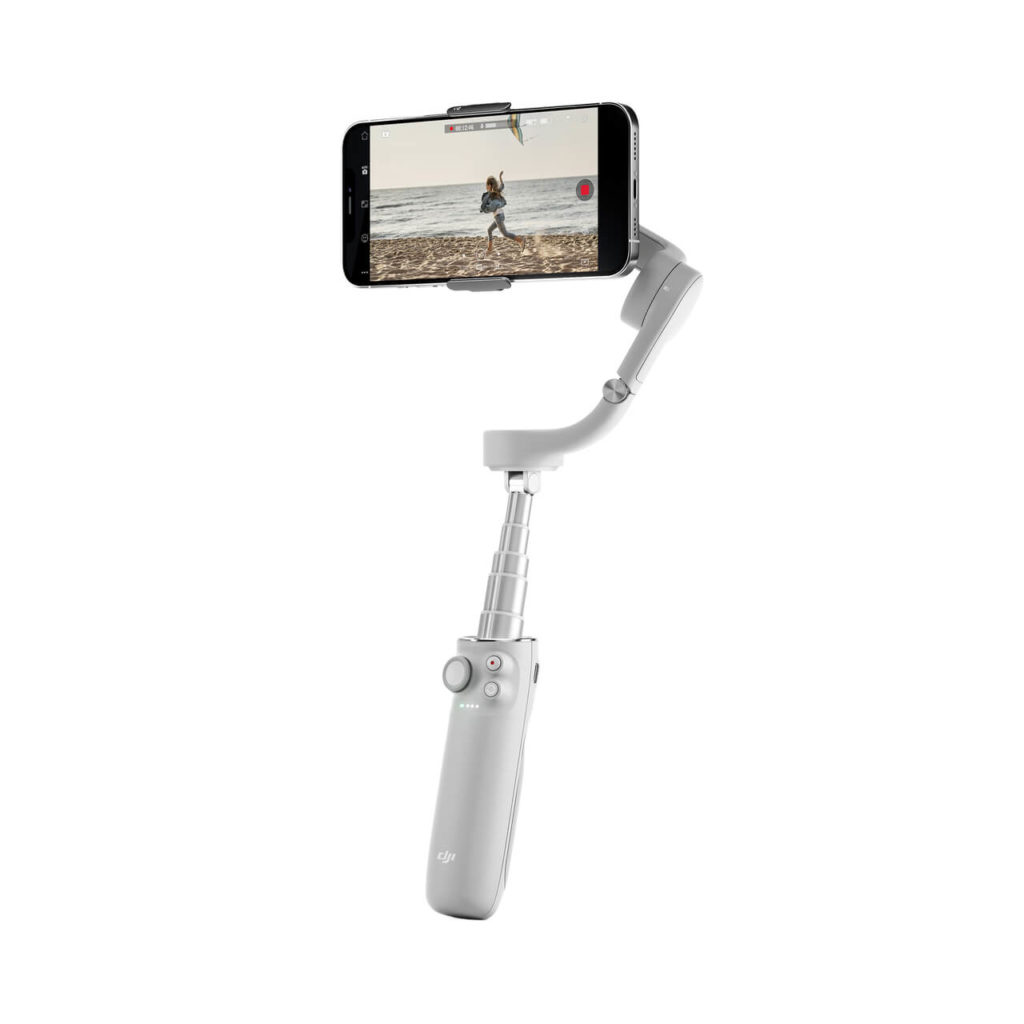
Everything is very open with a precise clarification of the challenges. It was definitely informative. Your site is useful. Thanks for sharing!